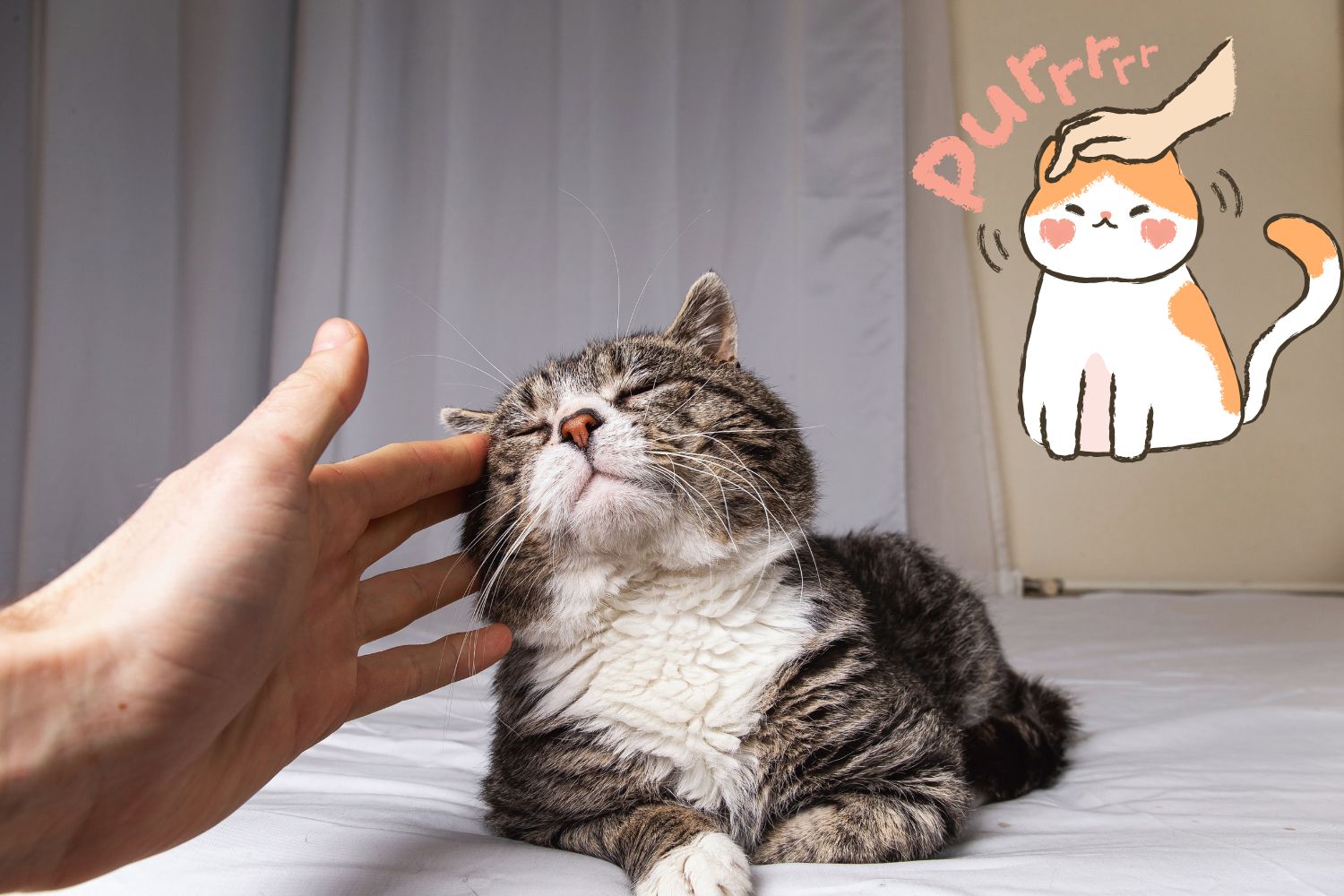A Japanese study led by Yume Okamoto identifies a gene linked to feline purring, revealing new insights into domestic cats’ behavior and communication.

@canva
Why do cats purr? It’s a question that has always intrigued both scientists and cat lovers alike. Now, a Japanese study led by biologist Yume Okamoto from Kyoto University may have found an answer.
By analyzing the DNA of 280 domestic cats and comparing it to behavioral data provided by their owners, researchers identified a specific gene linked to the tendency to purr and other forms of feline vocalization. The genetic key player is the androgen receptor gene, which primarily regulates the effects of testosterone.
Cats that possess a “short” version of this gene are more likely to purr, according to the reports from their owners. Males with this version also tend to be more vocal toward humans. In contrast, the “long” version of the gene has only been found in domestic cats, but not in their closest wild relatives, such as the fishing cat or the Asiatic leopard cat. This suggests that the long variant may have developed during the domestication process.
The long gene variant and purebred cats
An interesting discovery is that the long variant of the gene is more common in purebred cats, which have grown up in human environments, than in mixed-breed cats, often born as strays. According to the researchers, cats that have been accustomed to human interaction from an early age may not need to vocalize as much for survival or communication, allowing the “silent” genetic variant to spread.
A therapeutic theory
Beyond the genetic side of things, there is also a theory suggesting that purring might have a therapeutic function. Cats often purr when they are seriously injured, which has led some scientists to hypothesize that the vibrations, which fall within a frequency range of 25 to 30 Hz, could have a healing effect. Previous studies have also shown that cats can produce these vibrations using their vocal cords without the need for muscle contractions, making the behavior somewhat automatic.
New perspectives on feline communication
While many questions remain unanswered, these findings open new avenues for understanding feline communication and the bond between cats and humans. As Okamoto herself states, the goal of the research is to improve our understanding of these animals, with the ultimate aim of fostering more harmonious relationships between us and our four-legged friends.
Source: PLOS One
